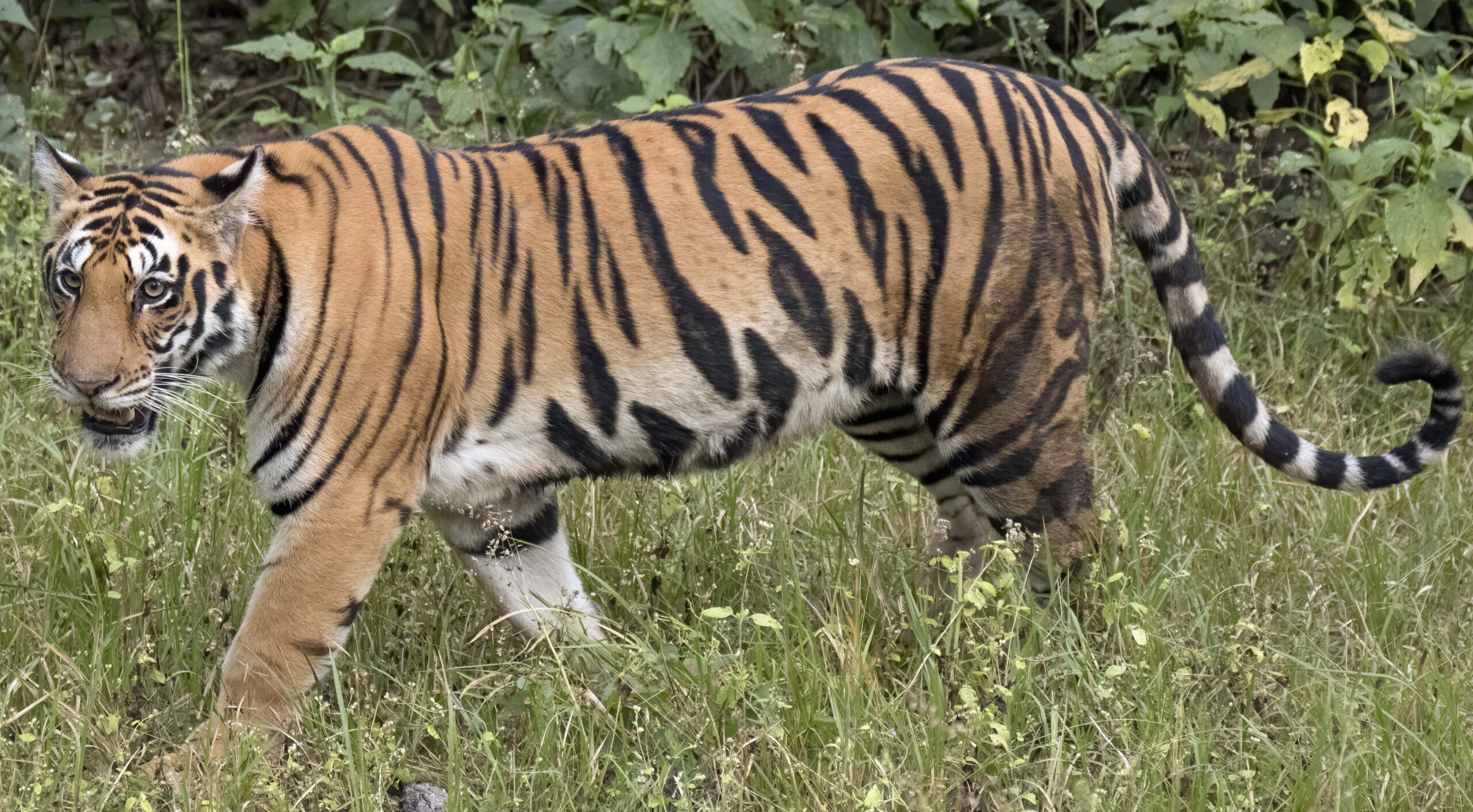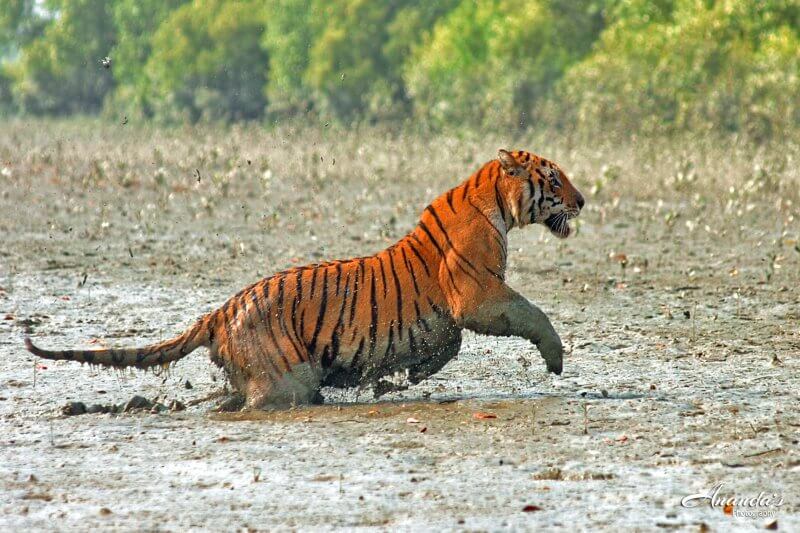Jim Corbett National Park: Where Wilderness and Wildlife Converge
Jim Corbett National Park is a treasure trove for nature enthusiasts and wildlife lovers. Established in 1936, it is not just India’s first national park but also one of the most iconic wildlife sanctuaries in the world. This blog takes you on a virtual journey through Jim Corbett National Park, exploring its captivating natural beauty, diverse wildlife, and the legacy of conservation that has made it a symbol of hope. Corbett Park located in the pristine landscapes of Uttarakhand.

The Enchanting Landscape:
Jim Corbett National Park is characterized by its varied topography, encompassing hills, riverine belts, marshy depressions, grasslands, and a vast expanse of dense sal forests. The Ramganga River, which meanders through the park, adds to its enchanting beauty. The combination of these diverse landscapes makes the park a thriving habitat for an array of wildlife.
The Big Cat’s Domain:
Jim Corbett is renowned for its majestic Bengal tigers. It has one of the highest densities of tigers in India, making it a top destination for tiger enthusiasts. The park’s geographical and ecological diversity provides an ideal environment for these elusive predators, and visitors have a good chance of spotting them during safaris.
A Diversity of Wildlife:
While tigers are the park’s most celebrated residents, Jim Corbett is also home to a wide variety of wildlife. Leopards, elephants, sloth bears, and numerous deer species, including spotted deer, sambar, and hog deer, roam the park’s diverse ecosystems. The park is also a birdwatcher’s paradise, with over 580 species of birds, including the crested serpent eagle and the great hornbill.
Responsible Tourism:
Jim Corbett National Park places great emphasis on responsible tourism. Visitors are encouraged to follow park rules and guidelines to minimize their impact on the environment and wildlife. The park’s ethical approach to conservation allows tourists to enjoy the beauty of nature while ensuring the protection of its delicate ecosystems.
The Legacy of Conservation:
The park’s namesake, Jim Corbett, was a renowned hunter turned conservationist. His efforts to protect tigers and other wildlife species from poaching and habitat destruction laid the foundation for India’s commitment to wildlife conservation. Today, Jim Corbett National Park continues this legacy through dedicated conservation programs and community engagement.
Experiencing the Park:
Jim Corbett National Park is easily accessible from various parts of India. The best time to visit is from November to June, with the park being open for tourism during this period. The winter months offer pleasant weather and excellent wildlife sightings.
Visitors can explore the park through various safaris, including jeep safaris and elephant safaris. Nature walks and birdwatching excursions provide more intimate experiences with the park’s flora and fauna.
Conclusion:
Jim Corbett National Park is not just a sanctuary; it’s a tribute to the vision and determination of those who have worked tirelessly to protect India’s wildlife. It’s a place where wilderness and wildlife converge, where the stories of tigers and other creatures unfold amidst the enchanting beauty of nature. A visit to Jim Corbett National Park is a chance to connect with the wild, to appreciate the importance of conservation, and to be a part of a living legacy. It’s a reminder of our responsibility to protect and preserve the planet’s biodiversity for generations to come. Jim Corbett National Park is a symbol of hope and a testament to the power of conservation.


